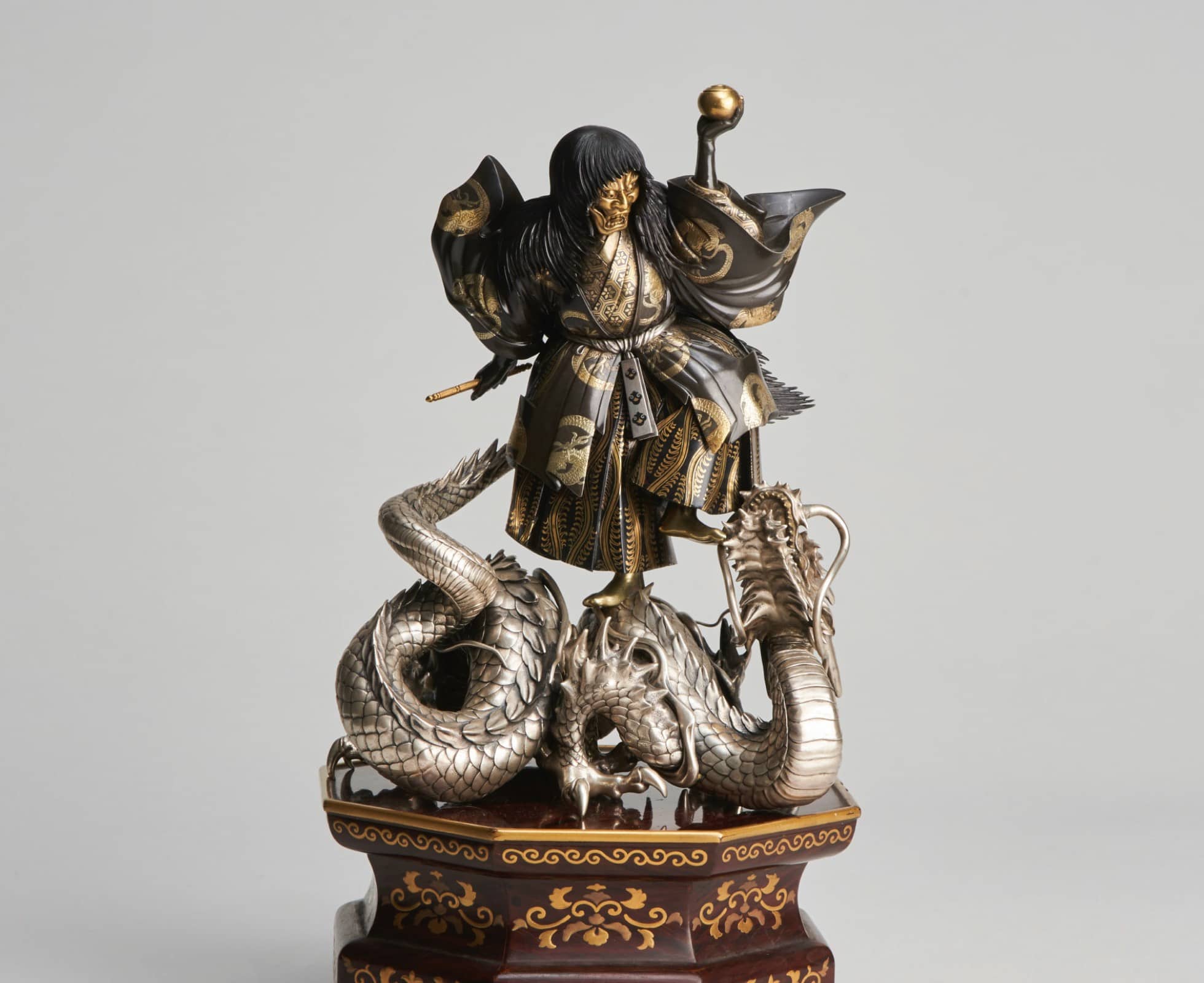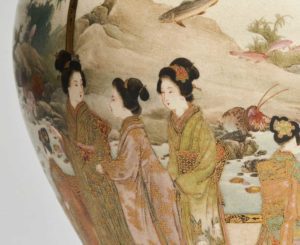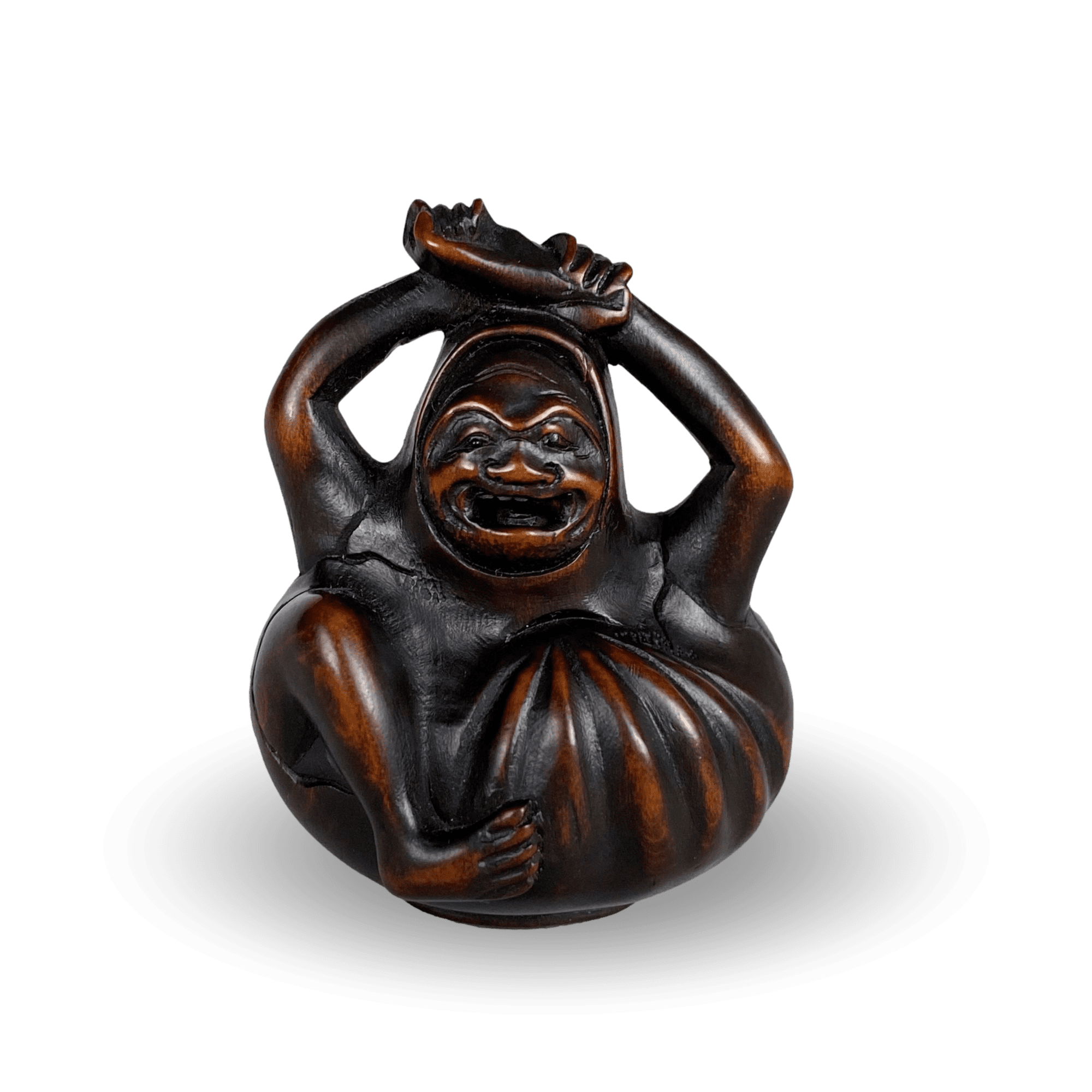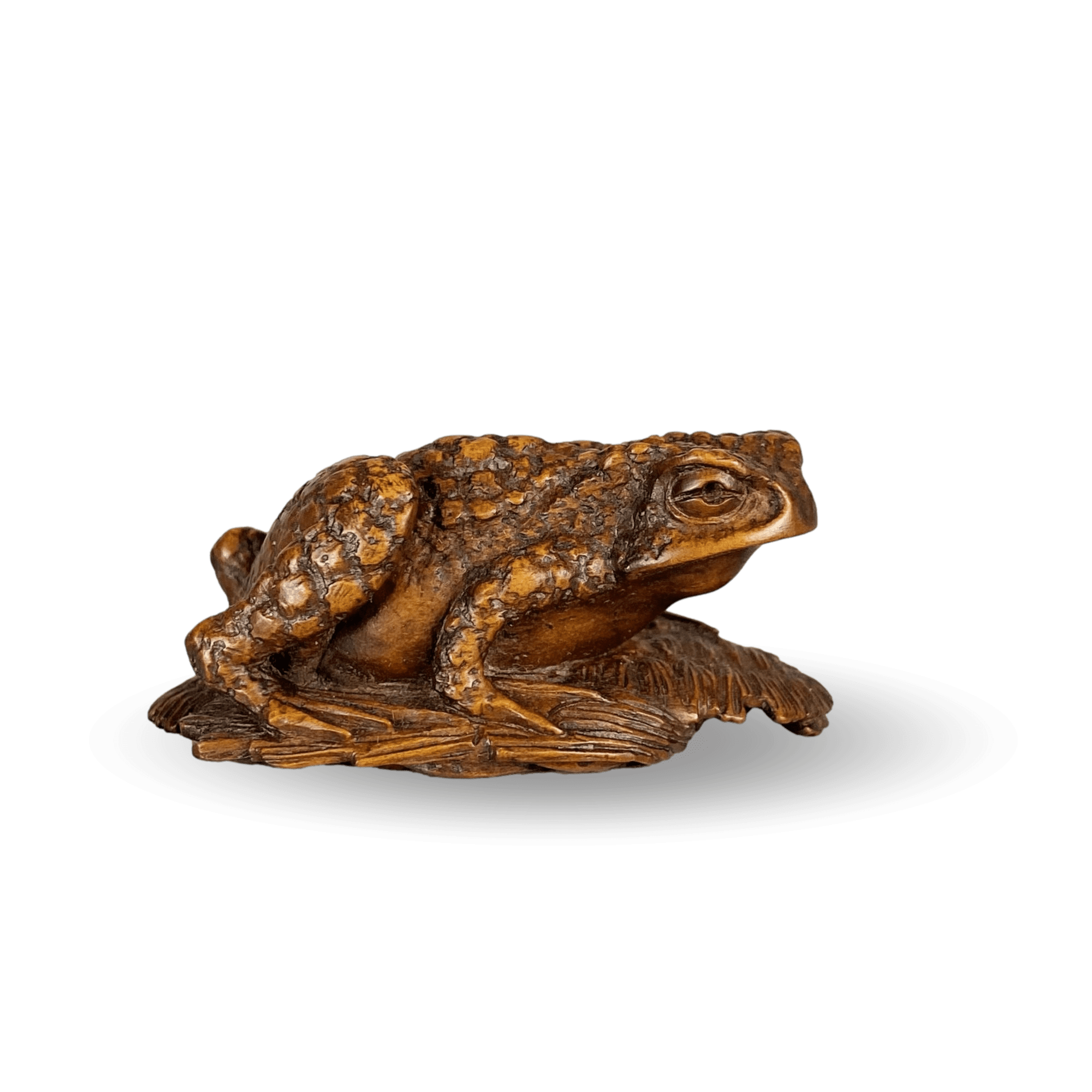Intricately carved toggles, once an everyday part of Japanese life, Netsuke are now highly desirable for a growing group of passionate collectors.
Between the 17th and 19th Centuries, men’s robes didn’t have pockets or sewn sleeves, so possessions such as tobacco or medicine were carried in pouches called Inro that were looped under and behind the Obi (sashes that were used to keep a Kimono fastened in place.)
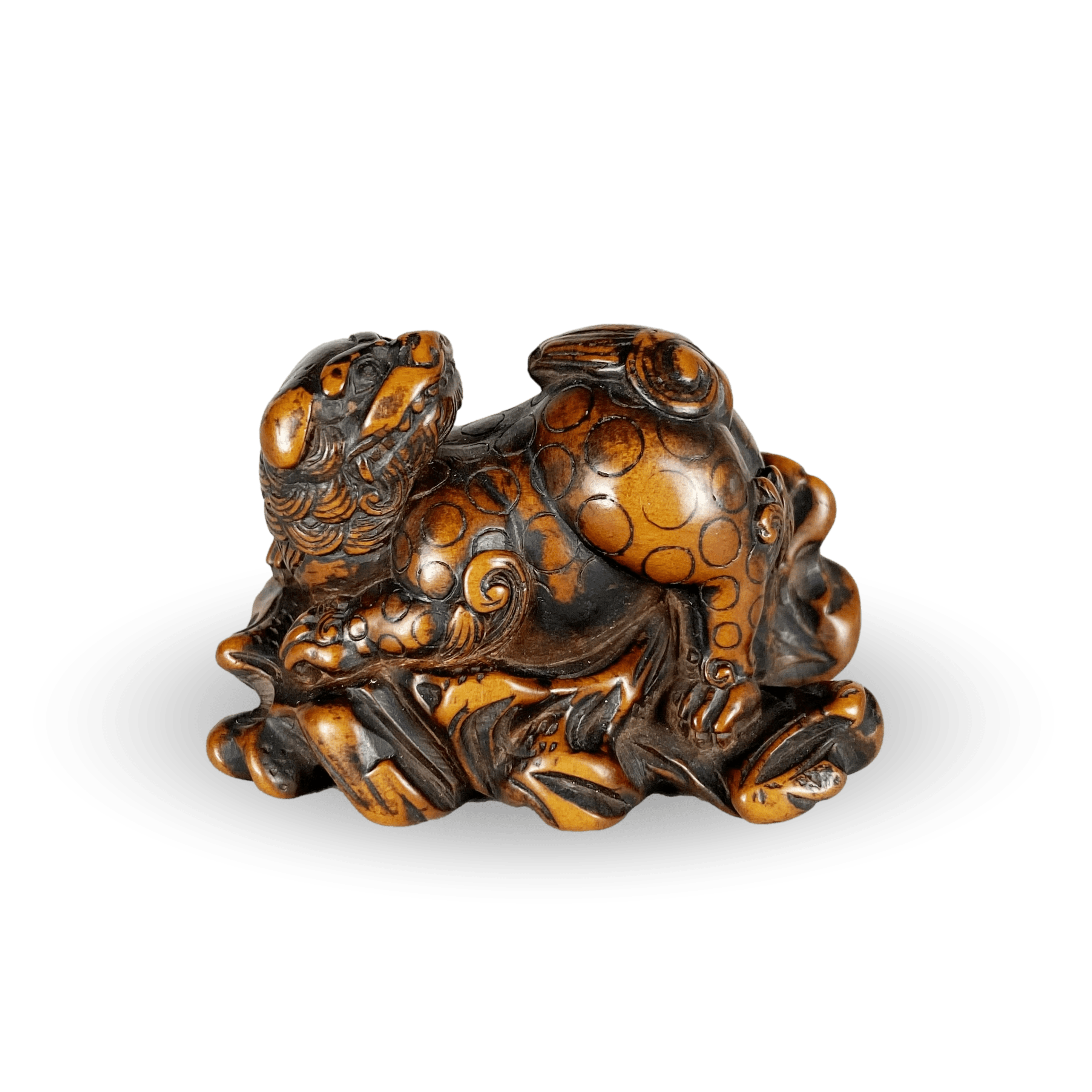
Netsuke were attached at the end of these cords to act as counterweights, preventing the Inro from coming loose and falling off.
Like most forms of clothing accessories, these objects became fashionable, conversation-starters and a symbol of status. It is likely that even back then, Netsuke were highly collectable and there would have been friendly competition to see who had the finest Netsuke. Over the years, their popularity has grown and they have gone on to become highly sought after with collectors paying tens of thousands of pounds in auction for the finest and rarest pieces.
A uniquely Japanese art-form, Netsuke help to tell the story of Japanese life, history, culture, mythology, legend and imagination.
We have recently added to the website a small selection of carved boxwood Netsuke from our collection of Japanese Meiji art and antiques. These pieces help to showcase the wonderful craftsmanship and dark humour of the time. You don’t need to break the bank to find good examples of Netsuke and as it is likely that their value will continue to rise, these pieces could be both an excellent investment opportunity and an excellent gift for a budding collector.
We have many more examples of Netsuke, Inro and Okimono at our Islington Galleries, so please feel free to contact us for further information.

